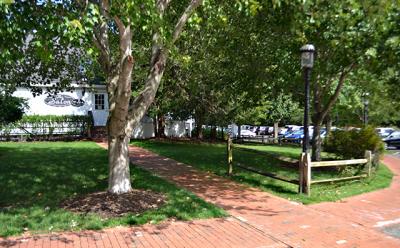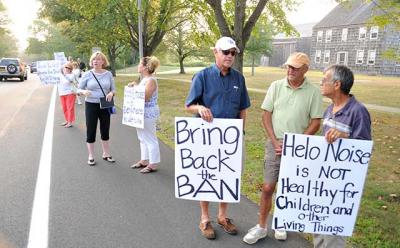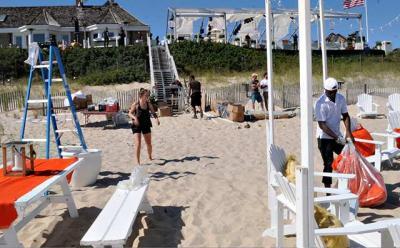Coke Busts in Montauk
Coke Busts in Montauk
Early on the morning of Sept. 5, outside the Memory Motel in Montauk, East Hampton Town police arrested Anthony Antorino, 22, of Huntington, accusing him of possessing cocaine. Police said the contents of the plastic bag they found in his pocket weighed over 500 milligrams, large enough to trigger a felony-level charge.
“I don’t know where that came from. My friend must have put it there,” Mr. Antorino allegedly told the arresting officer. He was released later that morning on $750 bail.
About two hours later, across the street in front of The Point, police took David M. Osorio of East Hampton, 21, into custody on the same charge, though at a less serious level. Mr. Osorio attracted their attention by shouting in the street, police said, and when he was asked to stop yelling and go home he unleashed a stream of obscenities. Charged with disorderly conduct as well as misdemeanor possession, he was released later that morning after posting $300 bail.
On Sept. 3, Matthew J. Schmitt, 27, an Amagansett resident, was similarly charged. He was arrested on Edgemere Road, about 100 yards from the Surf Lodge. “I’m assuming that is cocaine,” he reportedly told the officer who found a small plastic container in his pocket. “I didn’t do any. Someone must have gave it to me.”
Also in the easternmost hamlet, this time on West Lake Drive, Mark S. Rose II, 21, of Blue Point was arrested Aug. 31 on misdemeanor charges of heroin possession, as well as possession of a controlled substance, suboxone, after his 2008 Kia was pulled over in a traffic stop. Police allegedly found a loaded hypodermic needle on the floor of the car, leading to a third misdemeanor charge. Mr. Rose posted $250 bail at the Montauk police substation; he will be arraigned at a future date.
Selena K. Seri of Medford, 20, a passenger in Mr. Rose’s car, was also charged with misdemeanor possession of a controlled substance, Xanax. She was released after putting up $50 bail.
Also in Montauk, Peter Louis Zarcone of East Northport, 36, was charged Saturday evening with two felony counts of criminal mischief following an incident that began at the 7-Eleven. According to police, Frederick Schrank of St. James was standing in line there behind Mr. Zarcone. Mr. Schrank later told police that Mr. Zarcone was being abusive to a Latino man.
Mr. Schrank said nothing initially, but as he was leaving the parking lot, he said, he saw Mr. Zarcone. “I told the guy he didn’t have to say all those things to the Spanish guy,” Mr. Schrank told police. In response, he said, Mr. Zarcone, cursing, threw his cup of coffee into his car, a 2013 Mercedes-Benz. The coffee splashed around the dashboard and onto the floor as Mr. Schrank drove away.
After he dropped off a passenger, he decided to try to find Mr. Zarcone’s vehicle and report him to the police. Mr. Zarcone was wearing a T-shirt with a fishing logo, so Mr. Schrank drove to the dock area to check the marinas. When he got to Snug Harbor, he said, he saw Mr. Zarcone. Mr. Zarcone saw him too, Mr. Schrank told police, and hurled a large rock at his car, denting a front panel.
After Mr. Schrank spoke with police, they checked the surveillance tape at the 7-Eleven. A little after midnight, about six hours after the confrontation, police placed Mr. Zarcone under arrest. The first felony charge was for causing more than $250 damage to the interior of the Mercedes; the second was for the damage to the vehicle, estimated at over $1,500.
Bail was set Sunday morning at $5,000, which was posted.







